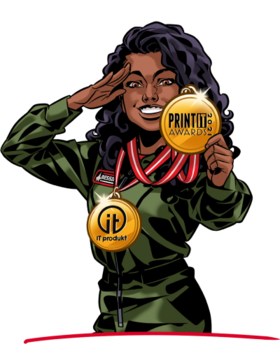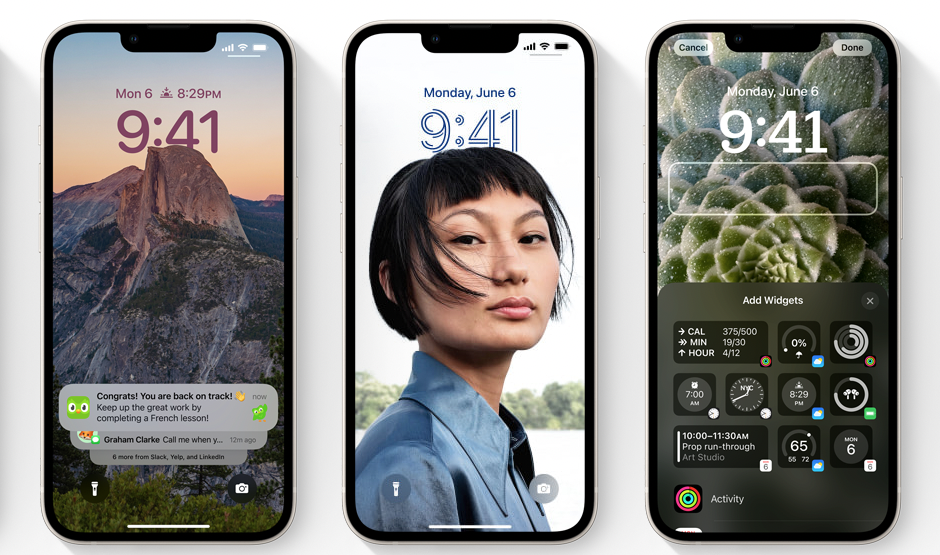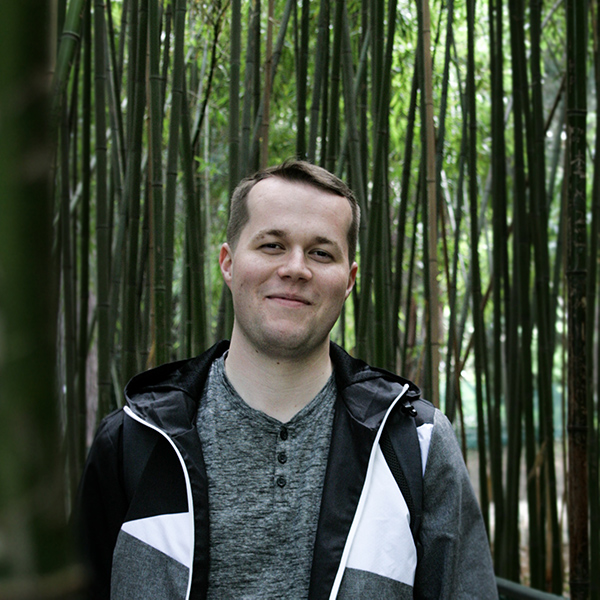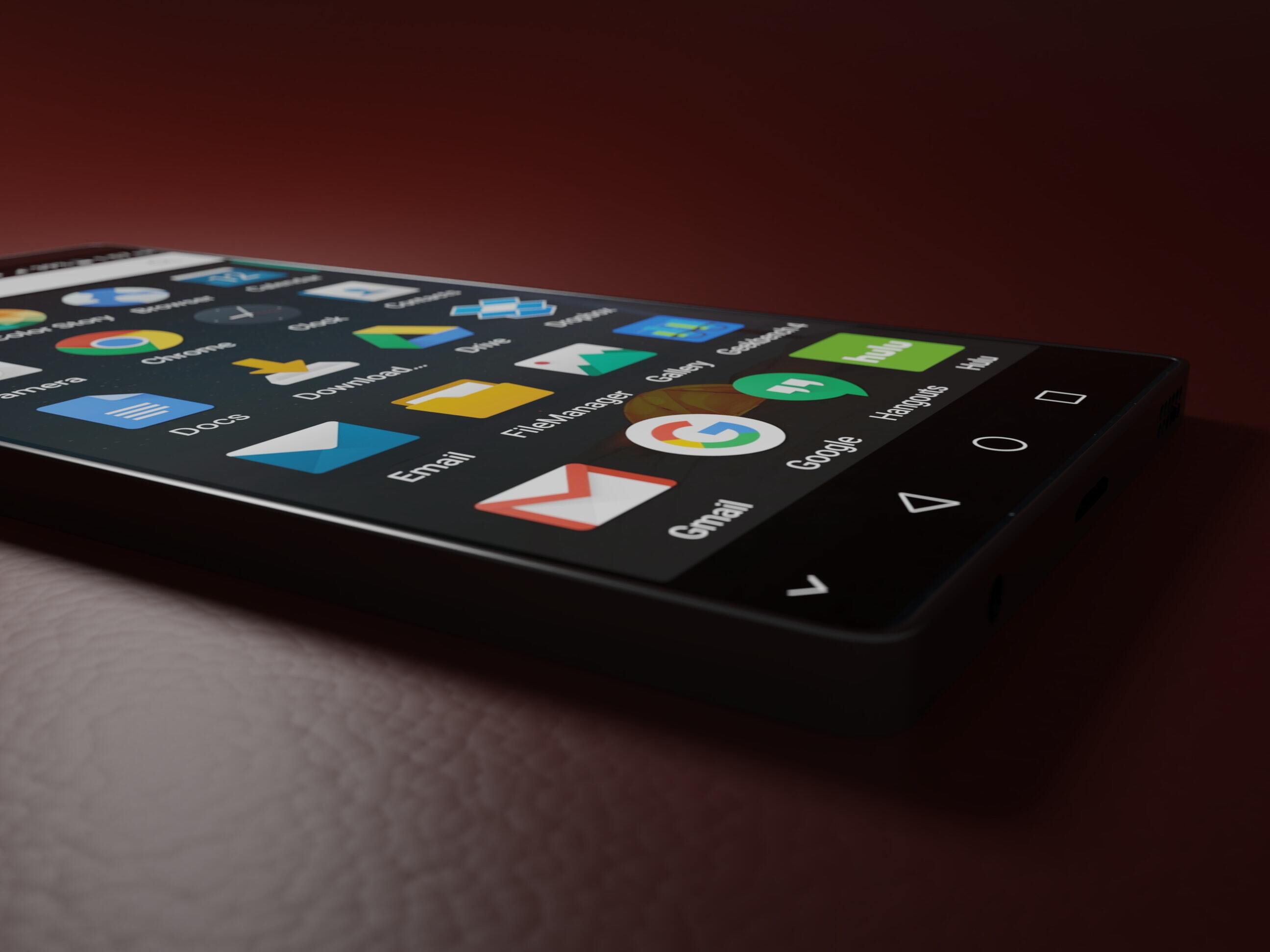The mobile application for print solution MyQ Roger, that we developed, won two major awards at the end of 2021. Firstly, it received an award for print solutions in the category IT product of the year from the editors of the magazine Computerworld. Then, in England at the Print IT awards 2021, our Digital workspace assistant MyQ Roger was named the best mobile printing solution.
1. Garbage in, garbage out
You can’t polish a … - you know what. You may try to roll it in glitter, but you’ll just hurt yourself in the long run. Here at Mobilesoft, we don’t create anything that we wouldn’t be willing to pay for ourselves. This keeps us down to earth. We want to develop applications that get used and have a real impact. But how do you make sure that a project makes sense right from the start? The simple SMART goals methodology can help verify the meaningfulness of a project. It is useful to answer the following questions:
S = specific– What exactly do I want to achieve?
M = measurable– How will I recognize that I fulfilled the goal?
A = achievable– Is it in my power (my team’s) to achieve this?
R = relevant – What is the reason for setting this goal (money, references,…)?
T = time-based – What is the absolute minimum that the application must contain to work, and in what time frame are we able to create it?
For more information, see for example the article How to write SMART goals on the Atlassian blog.
In the case of MyQ Roger, the client came with the concept of printing from a mobile that wouldn’t have to be connected to the server (internal network to which the printers are connected). We built the whole solution on cloud services such as Google Drive and OneDrive.
2. Storytelling of mobile applications
What can catch our attention in such a way that we just can’t focus on anything else? Movies, books, comics. Simply said, something that contains a story. Stories in mobile applications are not so often seen because not every investor wants to more significantly invest in marketing right from the get-go. But MyQ Roger is undoubtedly built on a story.
How to manage mobile application marketing using a story?
A good story is not just something at the beginning, something in the middle, and something at the end. Each story has its hero and mainly a crisis. From story theory, we know that there are 36 plots. And one of them takes place in the cloud-based mobile printing solution MyQ Roger.
- The application contains a story that helps the plot.
- Part of the story is a higher goal, which the application has to achieve.
The whole app is guided by the sympathetic assistant Bessie. She is inspired by Bessie Coleman - the first African-American woman to obtain a pilot’s license. She became a trailblazer for the African-American and Native American communities. And this is where the connection is made. A cloud-based solution and a heroine who had to fight for her place in the limelight to fly among the clouds.

3. Don’t postpone „nice to have“ indefinitely
Why pay for something that users don’t necessarily need for the app to function? There are plenty of established, reliable solutions on the market. Why choose yours?
You need to bring something extra. And that’s what the art of using (not just in marketing) features that aren’t necessary for the correct running of the application is all about.
- Prepare a backlog of nice-to-have features.
- Prioritize them.
- Gradually implement them.
In our case, we implemented Google Assistant and Siri Shortcuts. Just give a voice command to Siri and the phone will print the tasks. We also think about users with visual impairments, so the app is optimized for usage with Google Talkback and iOS Voiceover. We also added dark mode for dark app enthusiasts.
We managed to prepare graphics in the form of the individual app screens right at the start of the project. We then specified the behavior of each screen in the specification documentation, which we validate together with the client throughout the app creation process.
The more thought out the specification documentation, the lower the cost of change requests. Consequently, there are significantly fewer of them. Even a very clear change request has to go through the whole process of designing, implementation, testing, and phased releasing. No one wants an insufficiently tested version of an application to reach the user.
4. Call a ceasefire and collect the wounded
Every once in a while you have to sweep your own doorstep. For one sprint, don’t develop anything new and instead make time for two things:
1) Pay off your technological debt
A project whose technology is not updated is doomed. About once every 6 to 12 months, libraries need to be updated to newer versions. Subsequently, resolve conflicts and fix newly-created bugs.
2) Resolve all arisen issues
The constant development of new features also brings new problems. These are not necessarily major issues that hinder the use of the application. Nevertheless, once in a while you need to announce a sprint of bug fixes and optimizations. You do this for the satisfaction of your users and your Quality assurance department - your testers.
In our company, we focus on testing, fixing, and optimizing existing features in such sprints. We also address graphical user interface controls (colors, padding, ripple effects, etc). It costs something, but nobody would be happy with a Ferrari if it had the driving behavior of a tractor.
5. collect positive reviews and negative feedback
How to get the best reviews for your mobile application?
- Motivate satisfied users to leave 4-5 stars.
- Ask dissatisfied users for feedback.
Work with emotions. Identify when a user feels good while using your app. In our case with the Application MyQ Roger, such a situation occurs when a user uploads a file to the cloud or prints it. After such an event, it is a good idea to ask the user if they would rate the app on Google Play, App Store, or Gallery Beta.
Also, provide a place in the app where the user can write feedback on their own initiative. Usually, there is an option to open a dialog with a text field, for example, on the “About” screen.
Bonus: Contact editors
You need to be talked about and, more importantly, written about. Create a database of contacts for editors of Czech and foreign IT magazines.
- Contact magazines.
- Join networking events and present your project.
- Write articles.
It can also help you to join (online) networking and mention your project name in Facebook events. Published articles are not just a collection of reliable tips, but also contain keyword fields that help better search results.



.png)








